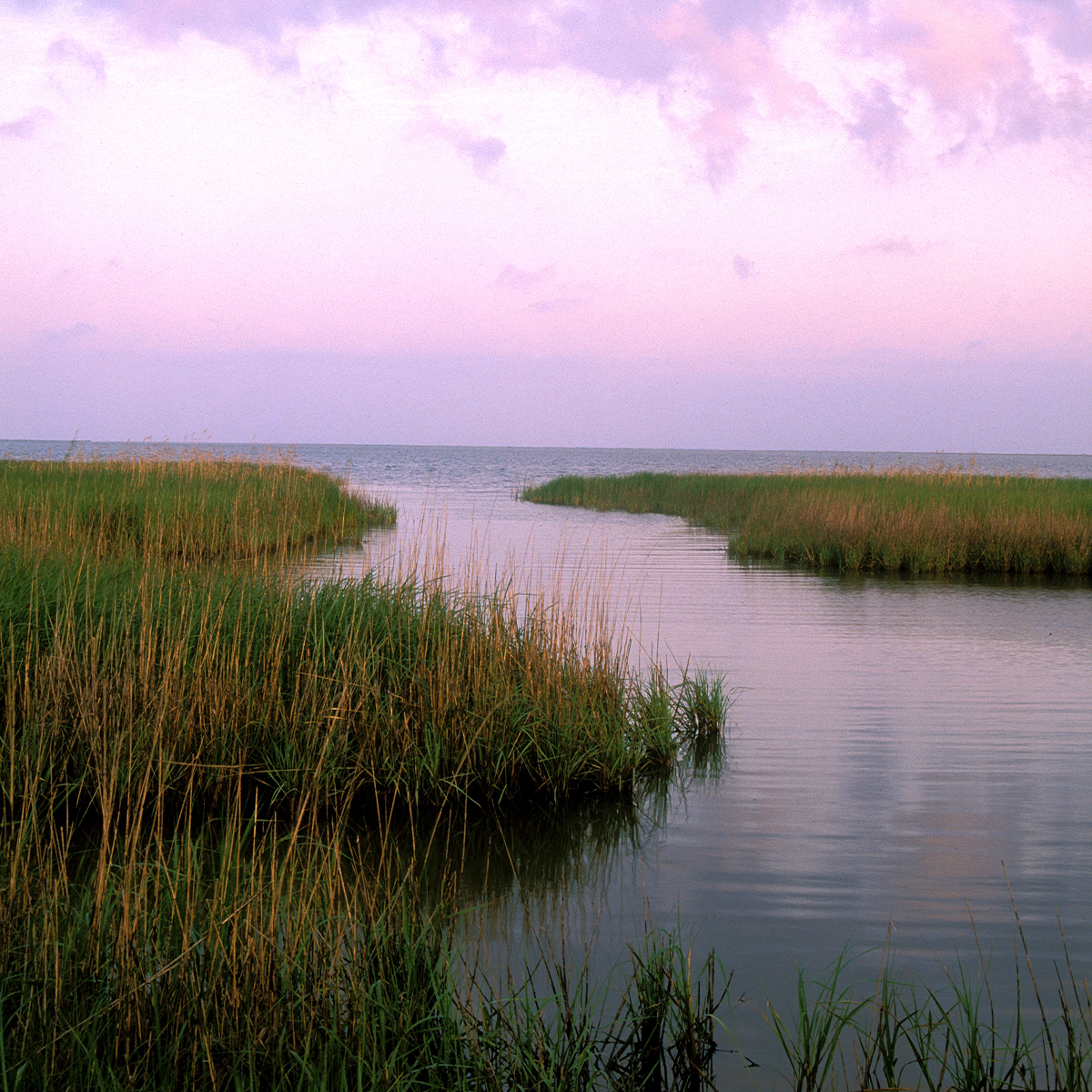Texas Shorelines: Marsh Madness—Here’s the Play-by-Play on Coastal Marshes
Mar 8, 2023 By Caleb Hess
3 minutes
 A marsh habitat
A marsh habitatCOLLEGE STATION, Texas — The Texas coast is teeming with life. Much of Texas’ iconic seafood and attractive recreational opportunities can be attributed to the hundreds of miles of coastal marshes lining the state. Marshes line Texas’ coast for over 300 miles. While there are about 40 million acres of coastal wetlands in the United States, most of it exists along the Gulf of Mexico and in the southeast United States.
Marshes are a type of wetland characterized by shallow standing water, waterlogged soil and low-lying plants. Marshes are usually covered by grasses and shrubs, unlike swamps, which are often filled with trees.
Because marshes are transitional zones between land and water, many marshes exist along river deltas, bays, and estuaries. Along the Texas coast, there are several types of marshes. Coastal marshes can be fed by a variety of water sources, meaning that marshes can range from fully saltwater to fully freshwater. Some are fed by both saltwater and freshwater, like brackish (more saline) and intermediate (more freshwater) marshes.
Marshes are complex ecosystems brimming with life. They serve several important roles along the gulf by providing ecosystem services, habitats for animals and recreational opportunities.
Dr. Anna Armitage, from the Coastal and Wetlands Ecology Lab at Texas A&M University at Galveston, is an expert on wetland ecology. She’s also passionate about the role that marshes play in protecting and enriching communities in Texas. She says, “people experience wetlands through recreational fishing, hunting—mostly for ducks—and birdwatching.” Birders flock to the salt flats and marshes of Aransas National Wildlife Refuge each winter to observe the endangered whooping crane (Grus americana), which is the tallest bird in North America.
Armitage also says, “people enjoy the indirect benefits of wetlands too. For example, when they eat seafood.” That’s because coastal marshes serve as vital habitat and spawning grounds for several commercially, recreationally, and environmentally valuable species.
Among the creatures that rely on wetlands is the blue crab (Callinectes sapidus) the most caught edible crab in the Gulf of Mexico, and a favorite food of the whooping crane. If you want to find an American alligator (Alligator mississippiensis) then the freshwater marshes of southeast Texas can be a great place to look.
Wetlands can provide protection against coastal flooding and help decrease the rate of erosion along the coastline, Armitage explains. Marshes even filter out pollution from runoff before it reaches the Gulf.
Even though marshes provide numerous benefits, they are at risk and continue to shrink. Land development and shipping traffic can both cause damage to wetlands. As land along the coast is developed for housing, agriculture and industrial use, valuable wetlands—including marshes—are often vulnerable to loss.
Armitage suggests that those who want to help preserve and restore marshes can get involved with non-profit organizations, such as the Galveston Bay Foundation, which regularly offers opportunities for volunteers to get involved with marsh restoration.
Other Resources:
Texas Parks and Wildlife’s Texas Treasures Wetlands tpwd.texas.gov/publications/pwdpubs/media/pwd_bk_k0700_0908.pdf
USGS’s Delineation of the Texas Coast from Corpus Christi Bay to the Sabine River in 2010 pubs.usgs.gov/sir/2014/5110/pdf/sir2014-5110_plate.pdf
tcwp.tamu.edu/wetland-education
seagrant.whoi.edu/coastal-marshland-in-my-texas-backyard
####
Texas Shorelines is a service of the Texas Sea Grant College Program at Texas A&M University. Texas Sea Grant is a unique partnership that unites the resources of the federal government, the State of Texas and universities across the state to create knowledge, tools, products and services that benefit the economy, the environment and the citizens of Texas. It is administered through the National Oceanic and Atmospheric Administration and is one of 34 university-based Sea Grant Programs around the country. Texas Sea Grant is a non-academic research center at Texas A&M University. The program’s mission is to improve the understanding, wise use and stewardship of Texas coastal and marine resources.
